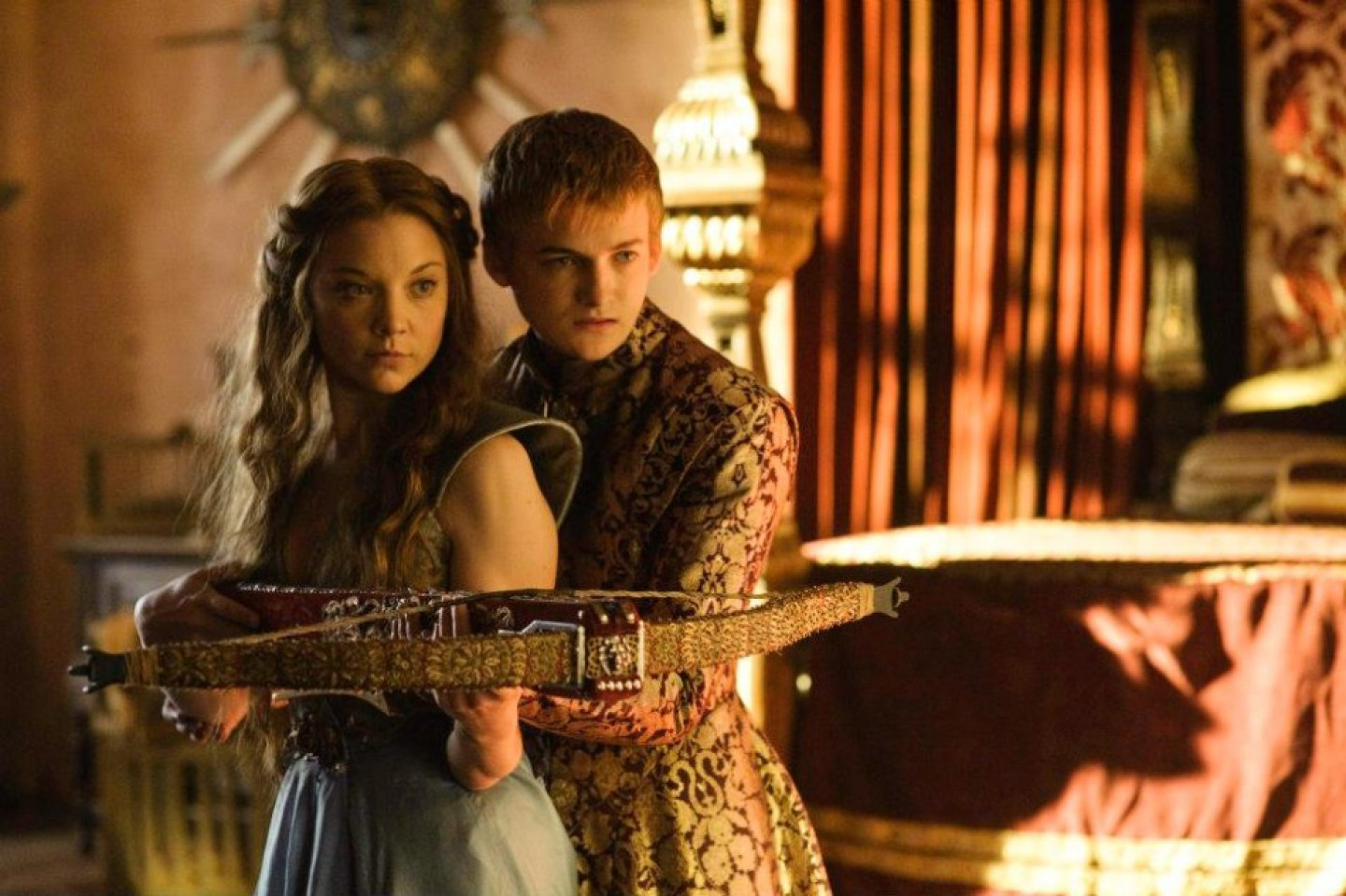Game of Thrones and Hunger Games Fire Archery Boom

From blockbuster movies to hit TV shows and the golden glow of the Olympics, archery seems to be hitting all the right targets.
Elite archers are competing this week in the World Cup series in Antalya, Turkey, the first major event since the sport was elevated by the International Olympic Committee to a higher ranking, ensuring a bigger share of Olympic revenues every four years.
Archery's rising reputation is partly built on its success at last year's London Games, and a boom in pop culture attention.
"The announcement of these groups clearly shows we are an important Olympic sport," World Archery secretary general Tom Dielen said. "We've done what we were supposed to do."
High-technology aids for scoring and showcasing the sport are also in the works for the 2016 Olympics in Rio de Janeiro to help retain a new generation of fans and attract more.
Oscar-winning actress Jennifer Lawrence, playing a bow-toting heroine in The Hunger Games early last year, helped point a young fan base toward the London Olympic stage - where archery was contested at the historic Lord's cricket ground.
There's more to come: Three more Hunger Games movies are set to open before the next Olympic flame is lit in Rio on 5 August 2016. Catching Fire is scheduled for release in November, followed by a two-part adaptation of Mockingjay, the final book of the series.
In the hit HBO series Game of Thrones, the bow and arrow is a weapon of choice for children of the Stark family. And don't forget last year's hit animated movie Brave, featuring the skilled archer - and princess - Merida.
"Hollywood adores archery for the moment," Dielen said. "London has delivered beyond what we expected. It has definitely put the bar higher for Rio and it will be a challenge to deliver at least the same, if not better."
A high-profile venue in the city famous for its annual Carnival party should certainly help.
Archery will be contested in the Sambadrome, the narrow parade route for Carnival floats packed with dancers and drum bands. The venue also will welcome the finish of the marathons.
"It's very iconic," Dielen said. "It will be more of a tunnel effect and spectators will feel closer to the athletes [than in London]."
It's a step up from Rio's original plan to host archery in the more distant Deodoro neighborhood.
The sport is getting a taste for picturesque venues: In September, the five-event World Cup series climaxes beneath the Eiffel Tower in Paris.
"It will be the best backdrop we have had so far," Dielen said. "We really want to continue going in that direction."
Archery's Olympic status is sure to be reinforced if Istanbul is chosen to host the 2020 Olympics. The Turkish city is competing with Madrid and Tokyo, with the winner to be chosen by the IOC on 7 September.
World Archery's president is Ugur Erdener, a Turkish IOC member who is prominent in the Istanbul bid. He will seek a third term in an election scheduled on the sidelines of the archery World Championships, which open on 29 September in Antalya.
Over the next presidential term, World Archery has a $1 million windfall to spend on development. The sport received more than it budgeted for when the IOC shared out better-than-expected commercial revenues from the London Games.
Boosted by its London showing, archery was elevated into the third of five tiers ranking the 28 sports. The IOC weighed factors including a sport's popularity with broadcasters and with social media users. Now, more money could flow from its share of Rio revenues.
Dielen said any surplus should be invested at the grassroots level rather than directed toward top athletes such as Brady Ellison of the United States, who is among "maybe 10 to 15" archers earning enough from prize money and endorsements to be independent professionals.
France has been a big success story for archery, but clubs there have reached the limit with 70,000 total members - a three-fold increase since the 1992 Barcelona Games.
"We could probably have 80,000 members if we had the resources with the coaches and space in the clubs," said Dielen, whose native Belgium has created a model programme to shape its national championships to the format and presentation style of a World Cup event.
The World Cup is also the testing ground for new technology, including a precision scoring monitor using lasers and displaying archers' heart rates as on-screen graphics.
While tennis has Hawk-Eye to review line calls, archery has a system from Hungary called FalcoEye which measures arrows more accurately than judges using a magnifying glass.
"We're trying to take the human error factor out of the game," Dielen said of a system that's "affordable and reliable" after years of development.
Soon, viewers also will be taken to the heart of the action as monitors, discreetly attached to an archer's leg, will record the pulse rate - on average, around 105-110 beats per minute - at the moment of firing.
"We really need to show how it follows from the athlete's point of view," said Dielen, who also hopes to see an archer's sighted aim projected onto television graphics.
All these changes in presentation could be ready for Rio, where the traditional Olympic dominance of South Korea and the United States is likely to face tougher challenges.
The boy's gold medalist from the 2010 Youth Olympics was Ibrahim Sabry, of Egypt.
That, said Dielen, is an "unbelievable" development in a sport that seems to be finding new believers every year.
© Copyright IBTimes 2025. All rights reserved.




















